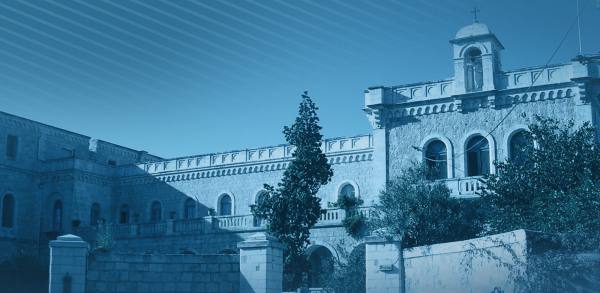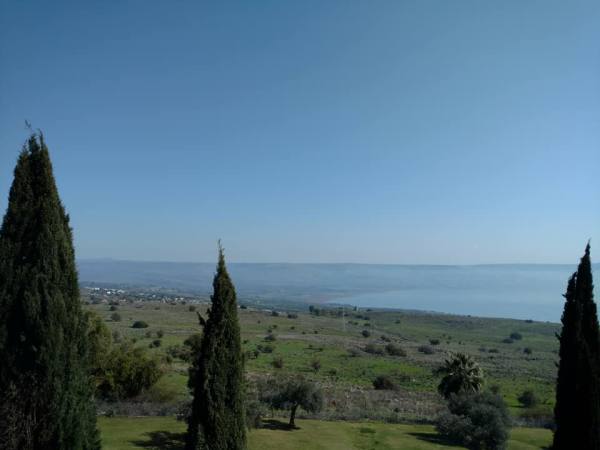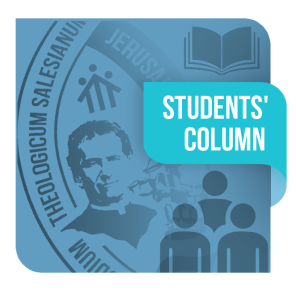A great blessing of studying Theology here at the Studium Theologicum Salesianum is the experience of life in the Holy Land. As students of theology, we experience the Gospel, not only in the classroom and our prayer lives, but also when we walk the holy sites, as any purveyor of our website will recognize is a common occurrence for all students. Here we encounter the 5th Gospel.
This term, though its exact origins remain unclear, is most commonly attributed to St Jerome who is credited as saying the following: “Five gospels record the life of Jesus. Four you will find in books and the one you will find in the land they call Holy. Read the fifth gospel and the world of the four will open to you.” More recently, during the first visit of a Pope to the Holy Land since Peter himself, Pope Paul VI referenced many of the sites as living stones that can inform the reading of the Gospel. Benedict XVI expressly utilized the term, referencing the 2008 Synod on the Word of God in the Life and Mission of the Church, when he spent an entire paragraph of his Post-Synodal Apostolic Exhortation Verbum Domini, saying that “the stones on which our Redeemer walked are still charged with his memory and continue to ‘cry out’ the Good News.” 1
For sure, this land explains so much of the Gospel and Jesus’ actions. We can visit the sea of Galilee, see how the waters acted as natural amplification when one speaks on a boat, and recognize the desire for as many to hear him when Jesus commanded the disciples “to have a boat ready for him because of the crowd” (Mk 3:9). We can walk the road to Emmaus from Jerusalem, follow the steps of Jesus from the Mount of Olives to the place of his imprisonment at Caiphas’ house, and even journey, like the holy family, from Nazareth to Bethlehem. Bargil Pixner, a noted biblical scholar and archaeologist, emphasized this when he said that “In the unfolding of the relationship between God and man there exists not only a progressive History of Salvation but also a Geography of Salvation.” 2 Each site and the land as a whole has the capacity to enlighten the understanding of the scriptures, and only walking the land oneself can one truly experience these lessons.
For us students of theology it is a great blessing to live here and study here, among “the places in which God revealed himself to man [which] still remain ever present.” 3 As we journey through this Eastertide, our prayer is that the experience of the risen Jesus may enlighten our lives, and we may be confident in his presence through this experience of the places of his geographical incarnation.
1. Verbum Domini 89.
2. Bargil Pixner, With Jesus through Galilee according to the Fifth Gospel, trans. Christo Botha and Dom David Foster
(Rosh Pina, Israel: Corazin Publishing, 1992)
3. Ibid.
- Lenny Carlino, SDB
April 27, 2021


